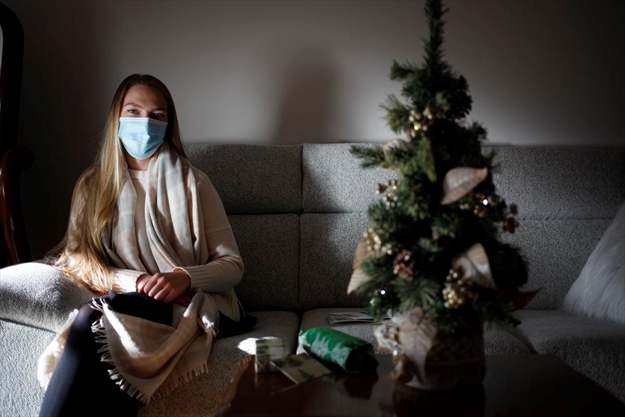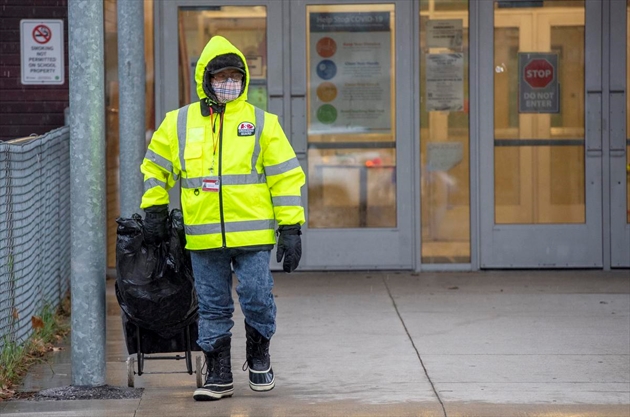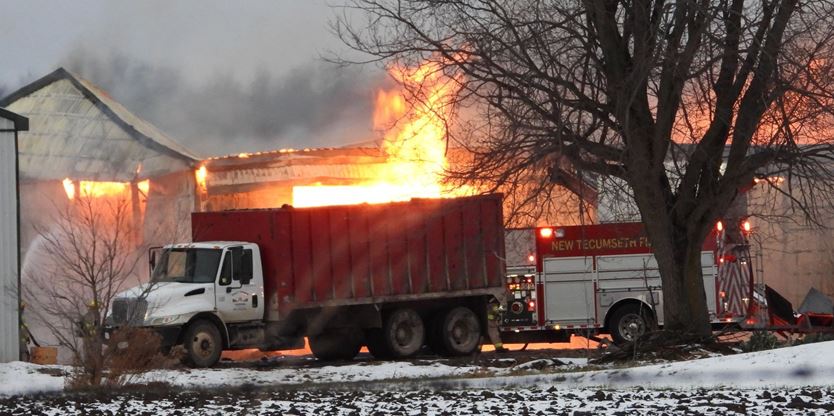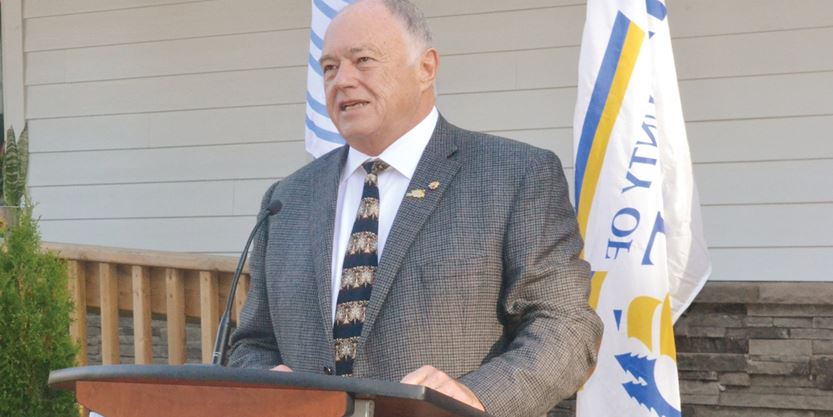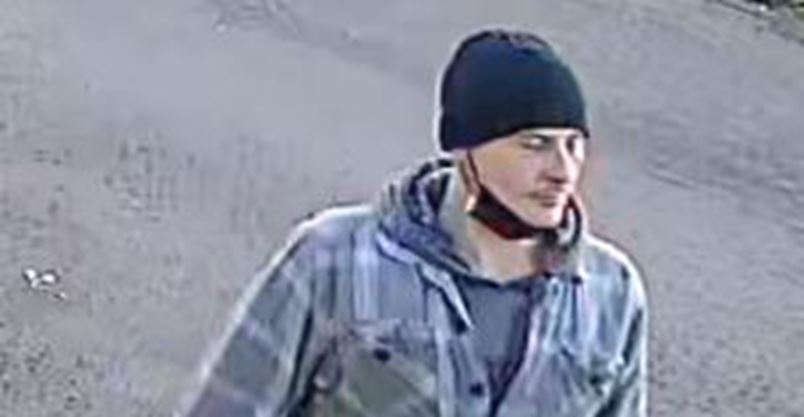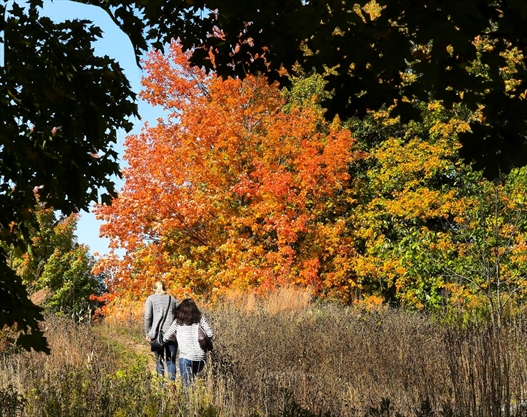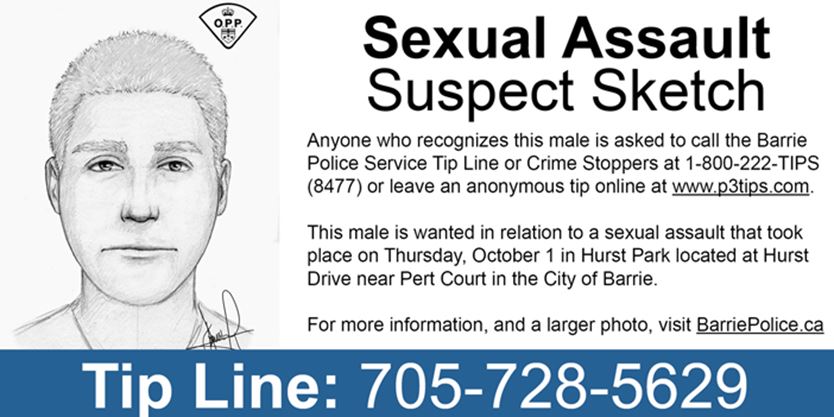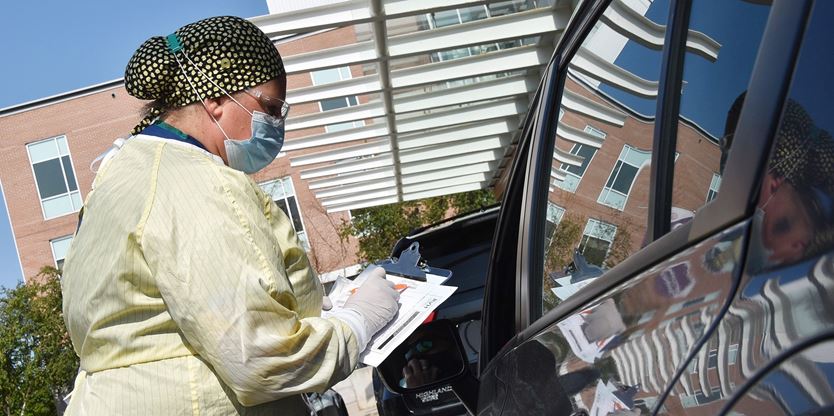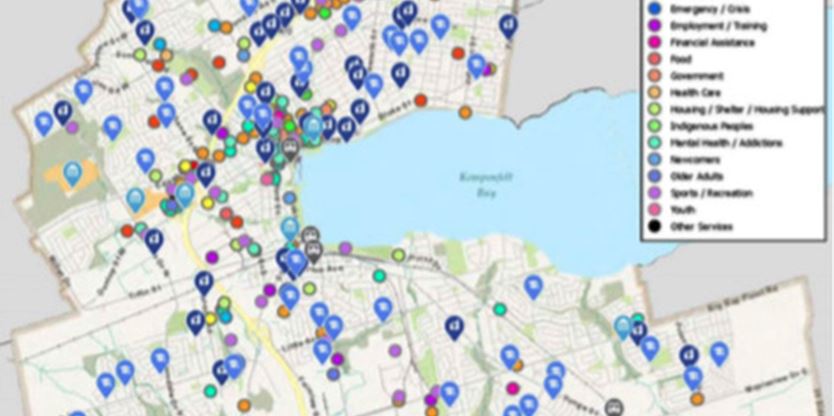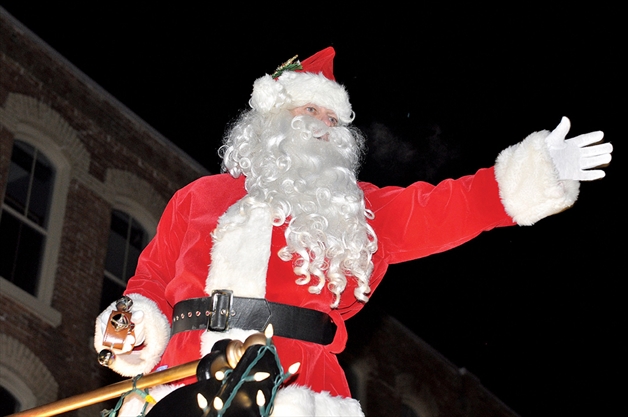‘I’m staring into this void’: Canadians are bracing for a home-alone holiday. Here’s how to make it work
Knowing that she’ll be spending Christmas alone, Sjoukje van Beek, a graduate student at the University of Victoria, recently tried to make her studio apartment feel a bit more homey. She went to the thrift store, picked up one four-dollar and one six-dollar Christmas tree, plus some festive garland.
Normally, van Beek, 25, would be on a plane heading home to Waterloo, Ont., to enjoy the company of family and indulge in her mother’s Feast of the Seven Fishes cooking wizardry. But not this year.
“I think I’m just sad. It’s a stressful time of year, in terms of exams. I’m excited to be done with that. But it’s … sorry I’m going to start crying …”

She pauses to explain that her online classes at least afforded her a bit of human connection. Now, those have ended for the term.
“It kind of looks like I’m staring into this void.”
Across the country, untold numbers of the roughly four million Canadians who live by themselves are heeding calls to avoid travel and social gatherings and gamely planning to celebrate the holidays alone.
This week, Quebec Premier François Legault reversed an earlier decision to allow for Christmas gatherings, saying it was “not realistic” to think the province could slow the spread of COVID-19 sufficiently by the holidays. (The province is allowing a small exception for solo dwellers; they can have one visitor).
Manitoba Premier Brian Pallister, meanwhile, made an impassioned plea for his residents to stay apart during the holidays.
“I’m the guy who’s stealing Christmas to keep you safe, because you need to do this now,” he said.
Counsellors and life coaches say they’ve noticed anxiety levels ramping up due to the prolonged isolation and lack of clarity over “who can I be with” during the holidays.
“Everyone’s emotional bandwidth is so strained,” said Christina Ketchen, a Calgary-based personal development coach. “There’s a grimness in the air, for sure.”
During the initial stages of the pandemic, Ketchen said, her clients seemed to get by fine with video chats. But as the months wore on, fatigue set in. People missed being able to hug loved ones or share a meal. The changing COVID-19 restrictions have not helped.
“The unknown that is in the air around that is straining and stressful. You layer on the holiday season right around the corner, that’s a whole new stress and strain.”
For Toronto’s Jessica McDonald, a single mom who works in the hospitality industry but who was laid off due to the pandemic, the loss of the social interactions she normally gets through work has been hard-felt.
“I’m a very social person, that’s why I’m in the (hospitality) industry,” she said. “I’ve just been staying home and not being near anyone, just in case. I’m going crazy not doing anything.”
This Christmas will be especially difficult, she said, because it will be the first without her mother, who died last March. She also can’t go see her father, who is in a high-risk category for COVID-19.
Her 10-year-old son will be with his dad for Christmas this year, so she’s been trying to make the most of celebrating the Christmas season with him this month.
“That’s how I’m trying to cheer us up — more meaningful time with my son,” she said. “We go tobogganing, we watch a lot of Christmas movies.”
Steve Boyd, 65, is also planning to make the most of his solo Christmas. The Toronto grandfather of four relishes spending time with his grandkids, alternating between Toronto and Calgary, where his son and daughter live with their families.
The best part is Christmas morning.
“The important thing over the years raising my children was that moment, that Christmas morning when they come down the stairs and you’ve plugged in the tree, so it’s lit and the gifts are there and there are stockings,” Boyd said. “It’s magic.”
This year it’ll happen over video call — first with the Toronto kids, then, when they wake up in Mountain Time, the Calgary contingent.
“My son and I will be on FaceTime and he’ll show me (the kids) coming down the stairs, them seeing the tree, opening their gifts,” Boyd said. “It’s as close as you can get to actually being there.”
Boyd and the grandkids have also developed a FaceTime ritual wherein they stretch their arms out in front of them in a virtual embrace. “Fake hugs,” the kids like to call them.
Though it’s far from ideal, Boyd is not despairing over what he’s giving up by spending Christmas season alone. As much as possible, he’s trying to help other people adapt to a world where connection happens primarily online, reaching out even to acquaintances for a regular, “Hey, how are you doing?”
To him, it’s all part of learning to be alone.
“You have to find ways to be happy being with yourself, not just by yourself, but with yourself,” he said. “Sometimes that can be jarring but it’s OK.”
Thuy-vy Nguyen, a psychologist studying solitude at Durham University in the United Kingdom, says she’s observed that older adults have been coping pretty well with alone time compared to younger adults.
“Young adults seem more vulnerable to loneliness. Social activities are more rewarding to them,” Nguyen said. “I suspect with older adults — there’s just some practice prior to COVID-19. They prefer to have a few social connections and they’re more OK with having time for themselves.”
It was around Thanksgiving that van Beek, who is studying public administration, says she came to the realization she wouldn’t be heading home for Christmas.
And with promising news of a vaccine rollout in the coming months, it just made sense to stay put, she said.
“Why throw away all the effort I’ve put in when it’s hopefully just a little bit longer?”
While she’s doing her part to prevent the spread of COVID-19, she said she feels a bit frustrated sometimes listening to some of the messaging from public officials. When they talk about “households” they seem to forget those who live alone.
“Community is all we have. We’ve been ripped away from it.”
Experts who have studied solitude say the experience van Beek describes is common — everyone needs to connect and be with others, and it’s important to continue reaching out to family and friends through technology.
“Not all solitude is created equal, and one of the primary things that determines how we experience solitude is what causes it,” said Robert Coplan, a Carleton University psychology professor.
“The kind of solitude that seems to have the most beneficial effects is when it’s intrinsically motivated. It’s something we want to do.”
In other words, it helps to have a plan for what you’d like to do on your own, to reframe the need to self isolate as both a responsibility and an opportunity.
That’s exactly what van Beek has in mind. She’s got a couple of scrapbook projects in the works. She’s also been talking to classmates who will be spending the holidays alone about maybe doing a joint activity — like an art project — over Zoom.
She also recently posted a message on Instagram asking friends to send her their addresses so she could send them Christmas cards. She was surprised how many responses she got.
“Now I have about 70 Christmas cards to send out, so that’ll take up a lot of time. That’ll be a fun and time-consuming way to reconnect with those friends,” she said.
“It’s good right? It’s people that matter to me. You can express all sorts of things in a card.”
Experts says van Beek is on the right track.
They recommend solo dwellers avoid whiling away the hours watching Netflix. Instead, they should find projects to fill the time — whether it’s automating the light bulbs in their home, learning to knit a sweater or mastering a recipe.
Giving your day structure, Ketchen said, will help to keep loneliness at bay.
“There’s something to be said for planning,” she said. “What do I want my day to look like? Plan it out.”
Kira Lynne, a Vancouver-based life coach and counsellor, agrees.
“If we’re feeling down and we’re on the couch and the negative thoughts are spiralling, we’re less likely to say, ‘OK, I’m going to make a plan to meet someone,’” she said.
“If you have a plan, you’re less likely to come out of the holidays feeling worse than when you went in.”
Don’t be afraid to pamper yourself, she adds.
“If you’re alone this Christmas, you know what? Why don’t you make a big deal out of yourself,” she said.
“Make yourself a fancy dinner and fuss over yourself for that day. Do something nice for yourself.”
Ketchen has another tip for feeling less lonely.
“You’re at the grocery store and there’s a person there. Sure, they’re wearing a mask, but is there any reason why you can’t say, ‘Hello?’ or ‘I love your jacket. Where’d you get it?’ Just some form of human connection that makes us feel … human.”
Most importantly, keep things in perspective, Ketchen said.
“This is one moment in time. This is one Christmas that looks different,” she said.
“It will not look like this next year.”
is a Vancouver-based reporter for the Star. Follow him on Twitter: is a Vancouver-based reporter for the Star. Follow her on Twitter:
